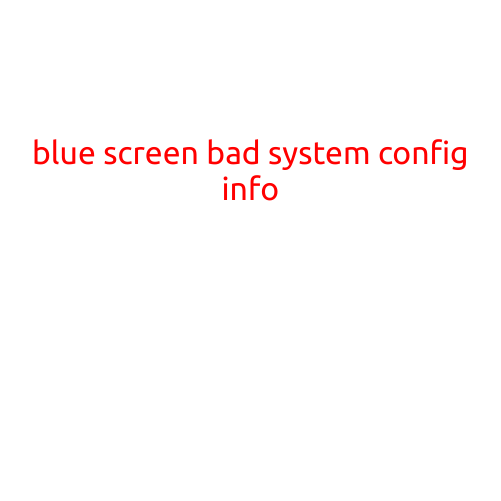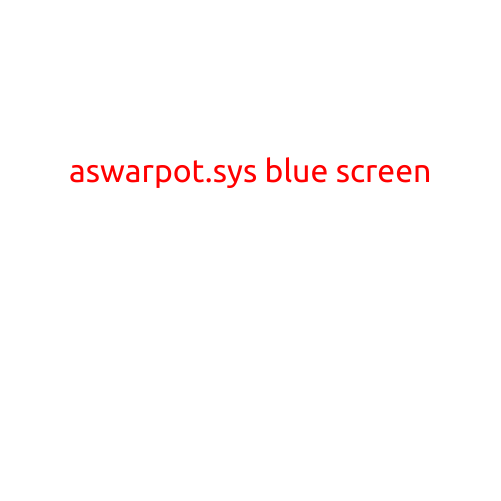
Title: “Blue Screen Background for Video: A Guide to Creating a Professional Look”
Introduction:
When creating a video, whether it’s for personal or professional use, having a visually appealing background can make all the difference. One popular choice is a blue screen background, also known as a Chroma Key green screen. In this article, we’ll explore the benefits of using a blue screen background for your video and provide a step-by-step guide on how to create a professional-looking blue screen background for your next project.
Why Choose a Blue Screen Background?
A blue screen background provides a clean and neutral canvas for your video content. It allows for easy removal of the background and replacement with a different image or video, making it a popular choice for:
- Green screen productions
- Interviews and testimonial videos
- Animated videos
- Social media content
Benefits of Using a Blue Screen Background:
- Easy Background Replacement: With a blue screen background, you can easily remove the background and replace it with a different image or video, giving your content a professional and polished look.
- Flexibility: A blue screen background provides flexibility in terms of editing and post-production, allowing for creative freedom and experimentation.
- Cost-Effective: A blue screen background is a cost-effective solution compared to traveling to multiple locations or building sets.
How to Create a Blue Screen Background:
Creating a blue screen background is relatively simple and requires minimal equipment. Here’s a step-by-step guide:
- Choose Your Canvas: You can use a physical blue screen, a blue sheet, or even a blue wall. Make sure the surface is flat, smooth, and free from distractions.
- Color Calibration: Ensure that your camera is calibrated to capture the blue color accurately. You can use a color chart or a blue screen calibration tool to achieve the perfect blue tone.
- Lighting: Use soft, diffused lighting to reduce shadows and hotspots on the blue screen. Avoid harsh or direct lighting, as it can cause unwanted effects.
- Camera Angles: Experiment with different camera angles to find the most flattering and effective composition for your video.
- Background Removal: During editing, use the blue screen background removal tools to easily remove the blue screen and replace it with a different background.
Tips and Tricks:
- Use a High-Quality Camera: For the best results, use a high-quality camera with good low-light performance and accurate color representation.
- Avoid Overexposure: Make sure the blue screen is not overexposed, as it can lead to unwanted highlights and reduce the effectiveness of the blue screen removal process.
- Invest in a Good Blue Screen: A high-quality blue screen can make a big difference in the final result. Look for a screen with a smooth, even finish and accurate color representation.
- Experiment with Different Colors: While blue is the most common choice, you can experiment with other colors like green, yellow, or even black. However, blue is generally the most effective and easiest to remove in post-production.
Conclusion:
In conclusion, a blue screen background is a versatile and cost-effective solution for creating visually appealing video content. By following the steps and tips outlined in this article, you can create a professional-looking blue screen background for your next project. Remember to experiment with different colors, lighting setups, and camera angles to achieve the best results. Happy creating!





